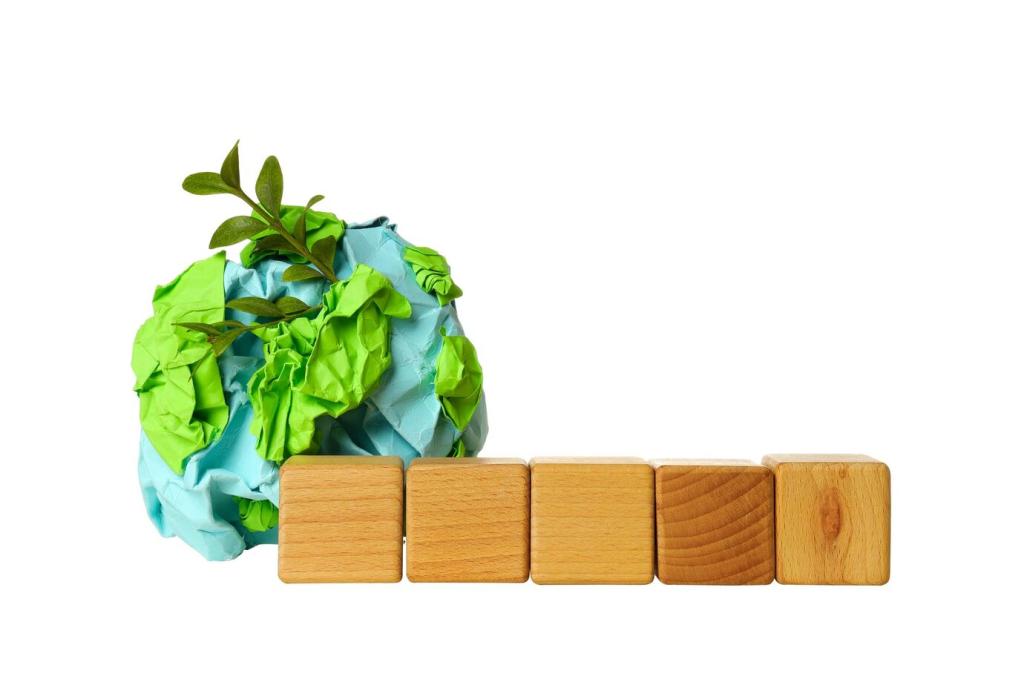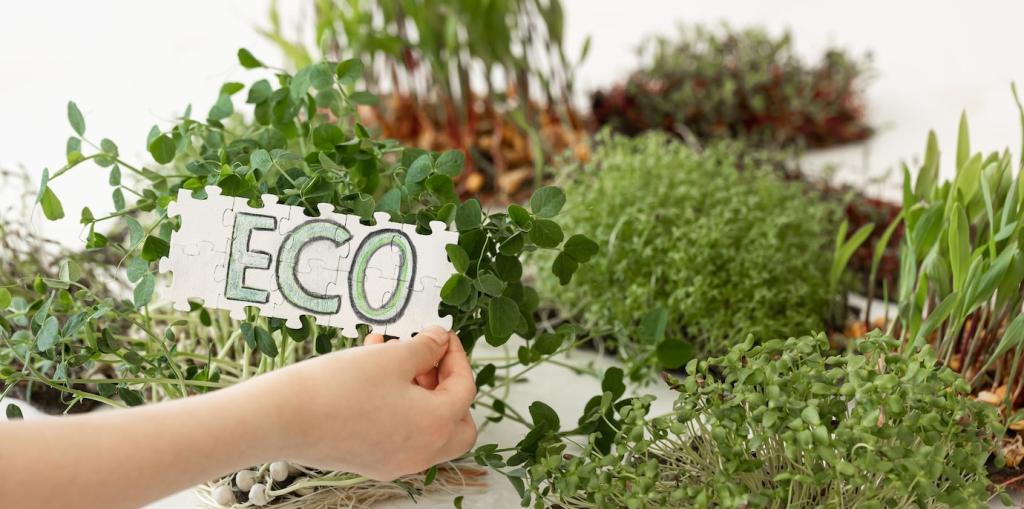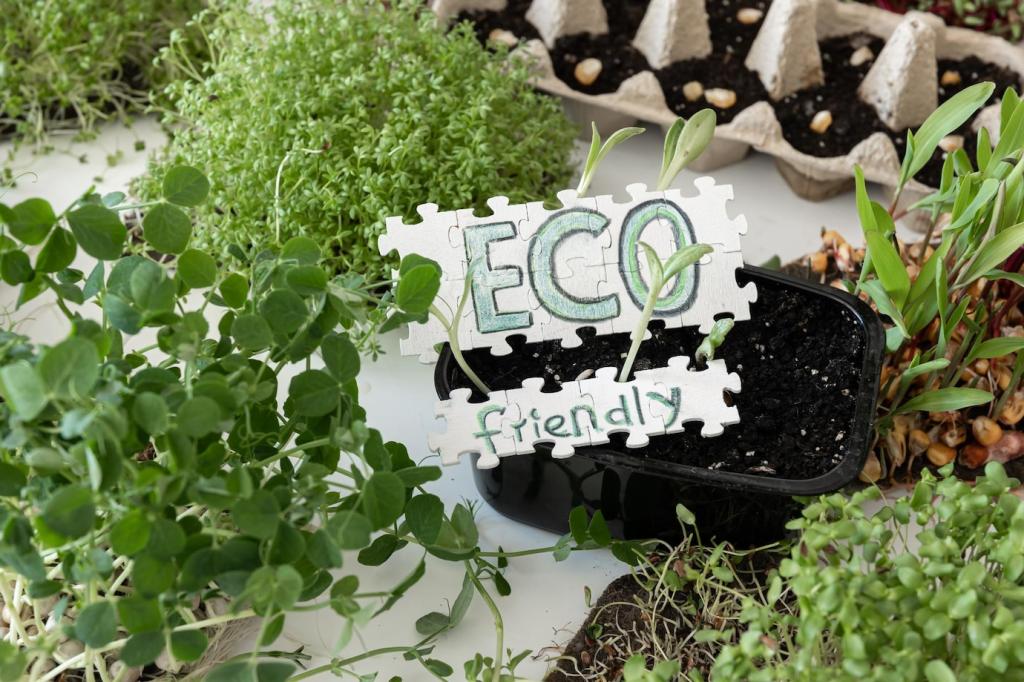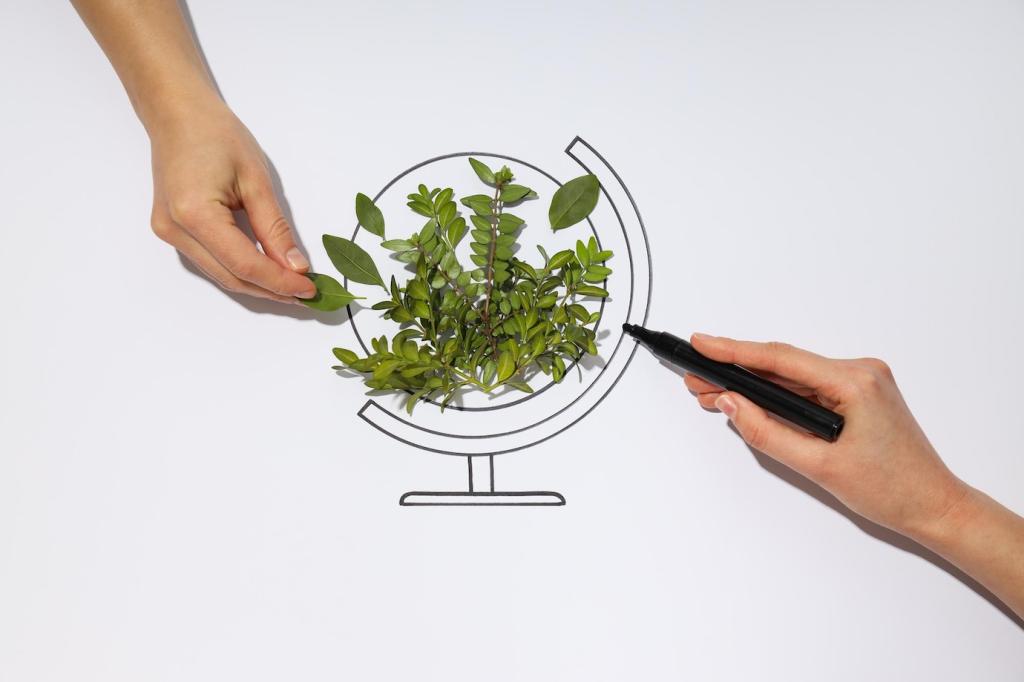Shine by Nature: DIY Natural Furniture Polish Recipes
Chosen theme: DIY Natural Furniture Polish Recipes. Welcome to a home-crafted world where wood glows warmly, citrus notes dance in the air, and every polish you blend tells a story about care, craft, and sustainable living. Subscribe and join our hands-on community of makers.

Jojoba, walnut, and fractionated coconut oils are reliable heroes in DIY natural furniture polish recipes because they resist rancidity, sink into thirsty grain, and leave a soft, breathable sheen rather than a gummy, dust-catching layer.

Beeswax adds body and gentle water resistance, while harder carnauba creates a high-gloss armor. Blend them for balance: beeswax for richness, carnauba for gloss. Vegan crafters often choose carnauba with jojoba for a cruelty-free, durable finish.

Citrus essential oils brighten scent and cut greasy residue, but keep them dilute and avoid phototoxic varieties on sun-baked surfaces. Lavender soothes, cedar repels moths, and a whisper of rosemary keeps things fresh without overwhelming sensitive noses.


Core DIY Recipes for Real Homes
Melt 2 tablespoons beeswax with 6 tablespoons jojoba in a double boiler, cool slightly, stir in 8–10 drops lavender. Rub a pea-sized amount per square foot, then buff with a tight-weave cotton cloth until the wood glows like warm honey.
Core DIY Recipes for Real Homes
Combine 1 teaspoon carnauba with 2 tablespoons beeswax and 6 tablespoons fractionated coconut oil. Melt gently, cool, add 6 drops sweet orange. Apply sparingly; buff vigorously with microfiber for a piano-like shine on sealed, modern finishes.
Technique Matters: Test, Apply, Buff
On an inconspicuous corner, try a tiny amount and watch for dulling or smearing. Vinegar-based mists should avoid shellac and waxed finishes. If color lifts or tackiness lingers, choose a gentler oil-wax blend instead of a water-based spray.
Technique Matters: Test, Apply, Buff
Apply polish thinly, then buff in long strokes following the grain. Switch to a clean cloth halfway through to prevent re-depositing residue. The rhythm feels meditative, and you’ll see the surface shift from flat to dimensional glow.


Anecdotes from the Workshop
01
I salvaged a walnut dining table with a simple beeswax-jojoba blend and a patient afternoon of buffing. When sunlight hit the grain, stripes I had never noticed came alive, and dinner suddenly felt like a small celebration every night.
02
A $40 oak dresser looked chalky and tired. After a carnauba booster pass, the top reflected a vase like a quiet lake. The seller later messaged, amazed at the transformation photos I shared—proof that care can outshine cost.
03
My neighbor taught her teen to polish a bookshelf as a finals-week reset. The slow circles, the citrus scent, the visible progress—it became a ritual of calm and control. Now they mix a fresh jar before every big milestone.
Safety, Shelf Life, and Smart Sourcing
Nut oils like walnut polymerize nicely but may concern allergy-prone households. Consider jojoba as a neutral alternative. Avoid tea tree around pets, and keep citrus light for cats. Ventilate during polishing and stow jars out of curious paws’ reach.
Safety, Shelf Life, and Smart Sourcing
Store polishes in amber jars, cool and dark. Add a few drops of vitamin E to slow oxidation. Oils last months; if scent turns sharp or color clouds, compost the batch and mix fresh for a cleaner, brighter finish.
Troubleshooting: Haze, Streaks, and Sticky Spots
If streaks linger, your cloth is too wet or your surface isn’t fully sealed. Switch to a dry microfiber, rebuff with light pressure, and reduce oil content slightly next batch to improve clarity on high-sheen finishes.
Troubleshooting: Haze, Streaks, and Sticky Spots
Haze often means overapplication. Warm the surface gently with a hair dryer on low, buff immediately with fresh cotton, then recondition using a thinner oil-wax ratio. Dark woods reward patience with a deep, mirror-like glow.

Level Up: Advanced Blends and Finishes
Precise Double-Boiler Technique
Keep water at a gentle simmer and melt waxes around 62–70°C to protect delicate oils from scorching. Remove early, let residual heat finish melting, then whisk as the mixture cools for a silky, spoonable texture that spreads like a dream.


Lecithin Emulsion Spray for Sealed Surfaces
Blend 1 cup distilled water, 1 teaspoon liquid lecithin, 1 teaspoon jojoba, and 3 drops cedar. Emulsify with vigorous shaking. This ultra-light mist lifts dust while laying down a micro-thin conditioner that buffs clear with zero greasy feel.
